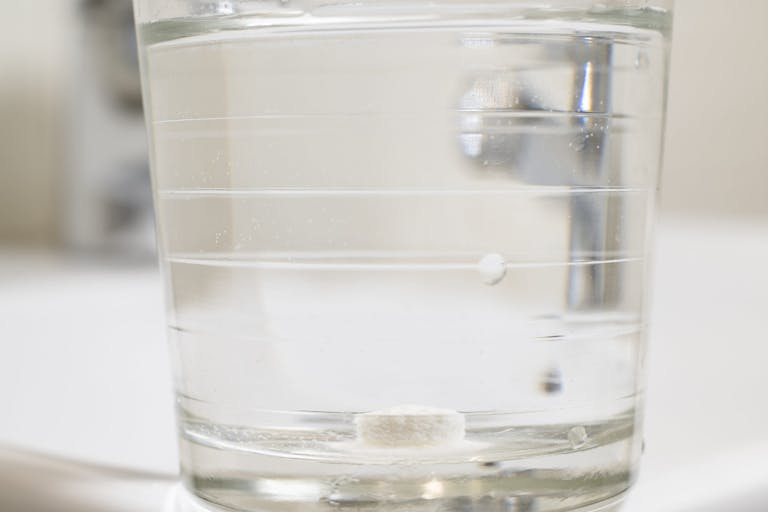
Ohio doctor charged with six felonies for forcing abortion pill on woman
Bridget Sielicki
·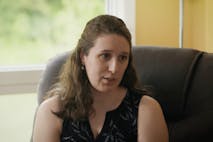
International
Cassy Cooke
·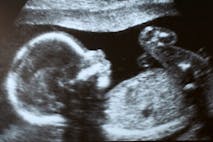
Politics
Madison Evans
·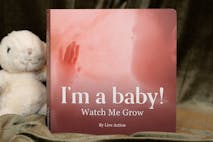
Human Rights
Carole Novielli
·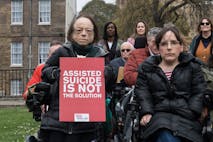
International
Cassy Cooke
·
Guest Column
Mark Lee Dickson
·
400k+ Readers Strong & Growing
News & Commentary from
A Pro-Life Perspective
As the news arm of Live Action, we educate the public and advocate for preborn rights by providing timely, accurate, and compelling news and stories about the pro-life movement.

International
Cassy Cooke
·
Politics
Madison Evans
·
Human Rights
Carole Novielli
·
International
Cassy Cooke
·
Guest Column
Mark Lee Dickson
·
Abortion Pill
Carole Novielli
·
Politics
Cassy Cooke
·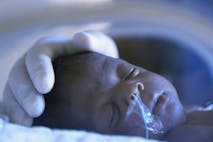
International
Bridget Sielicki
·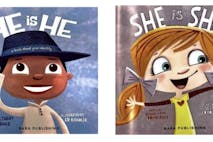
Issues
Sheena Rodriguez
·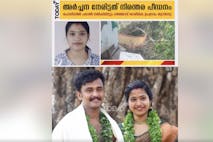
International
Angeline Tan
·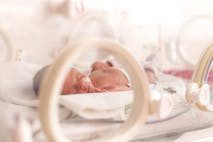
Human Interest
Nancy Flanders
·
Guest Column
Mark Lee Dickson
·